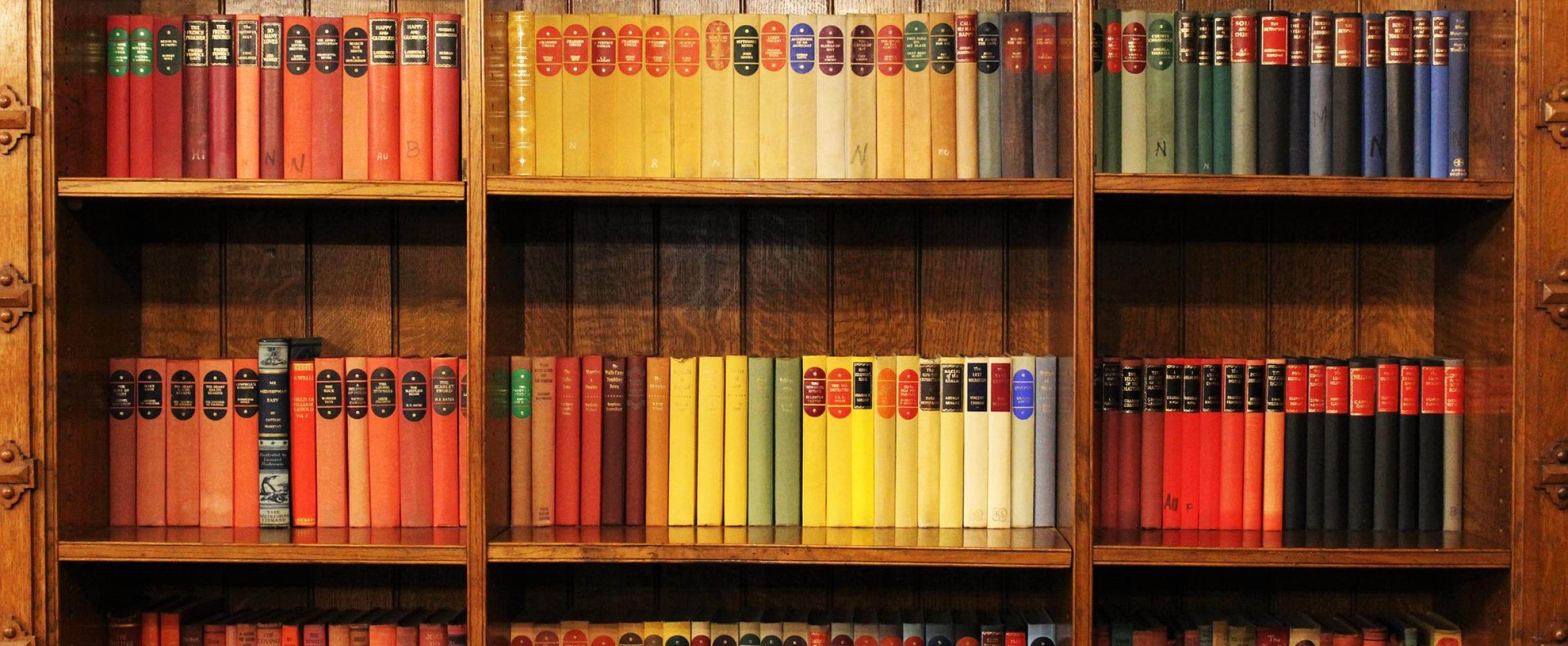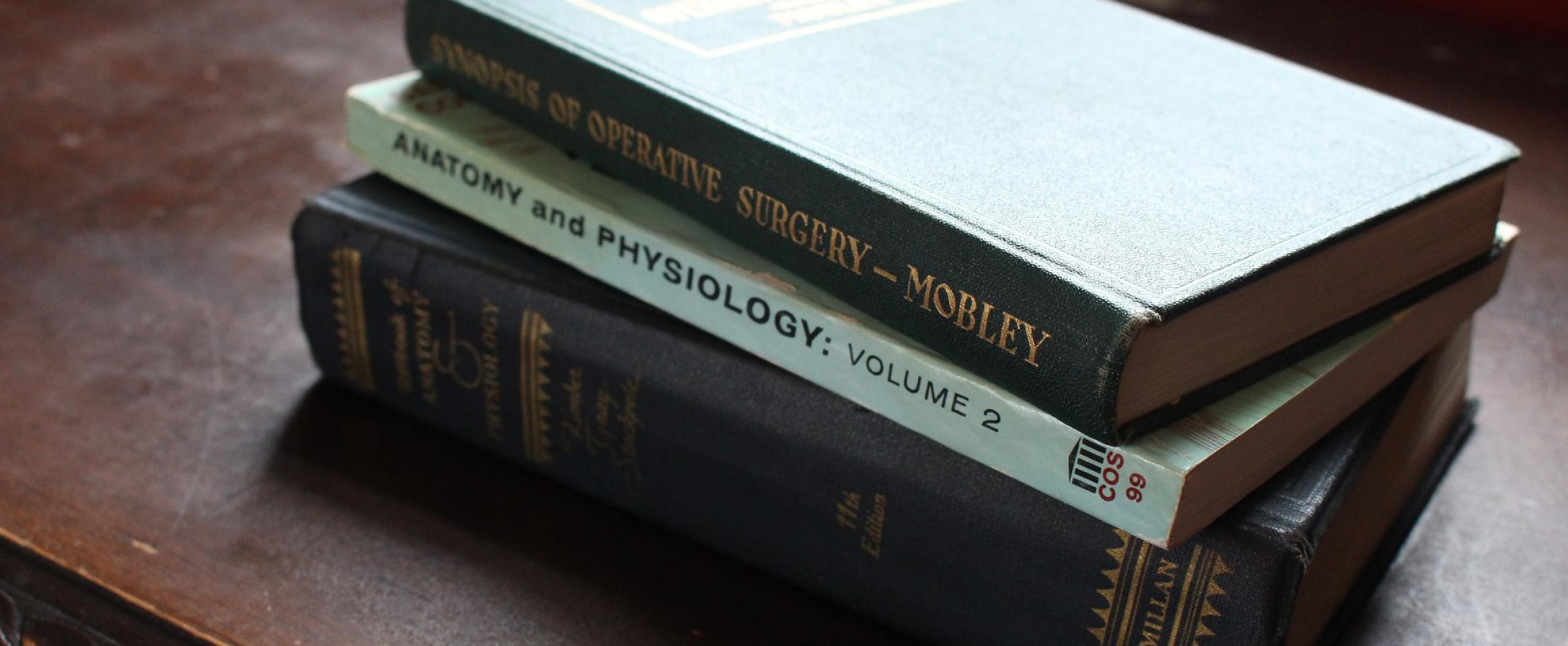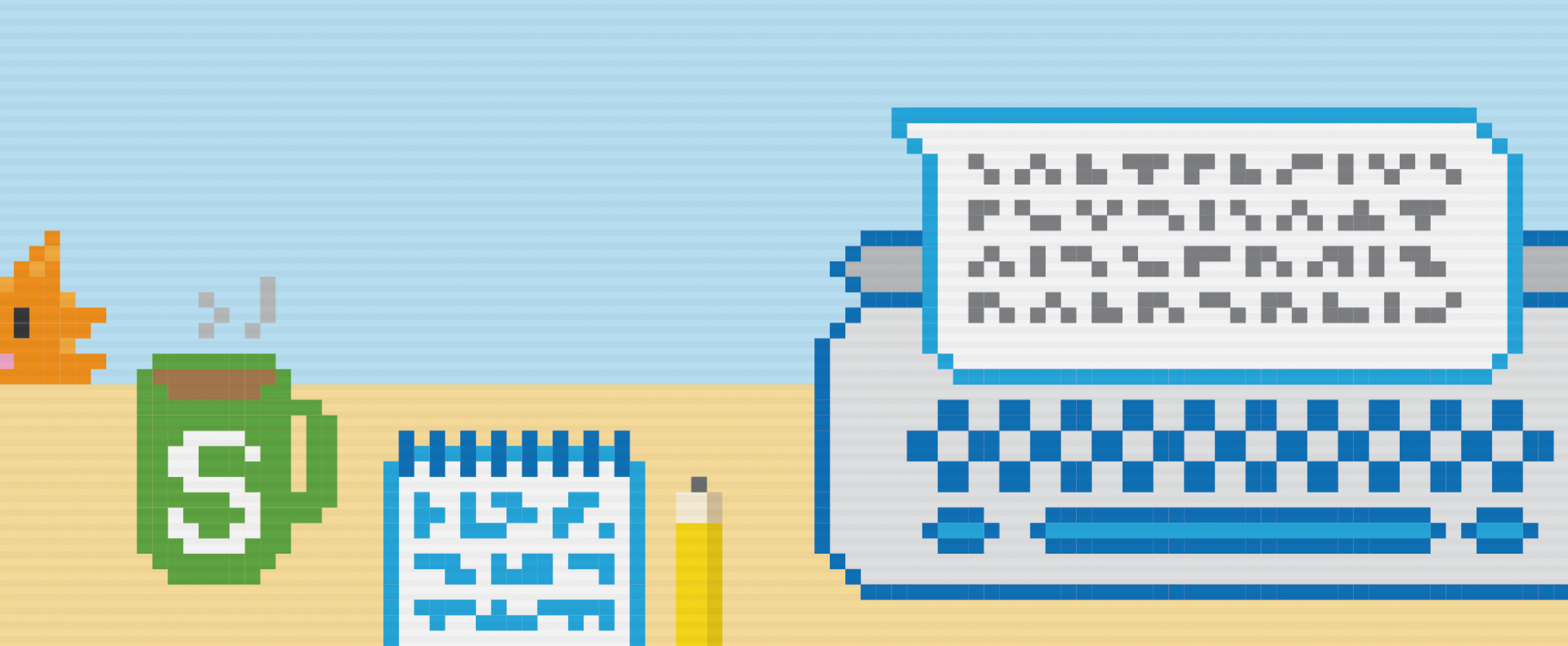
Michelle Nijhuis: Beloved Beasts—Fighting for Life in an Age of Extinction
Over the last 500 years, our planet has lost at least 755 animal species and 123 plant species, Michelle Nijhuis reports in Beloved Beasts: Fighting for Life in an Age of Extinction. Humans continue to kill species and destroy habitats, while climate change amplifies these threats. Growing worldwide conservation efforts, she says, have averted extinction of many species and aim to save more.








